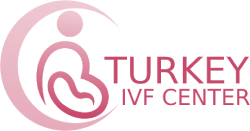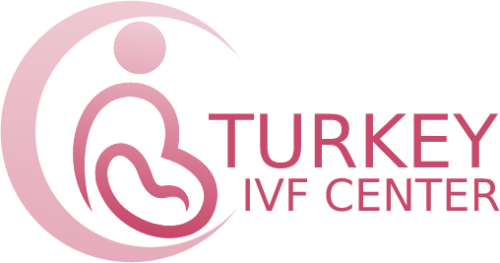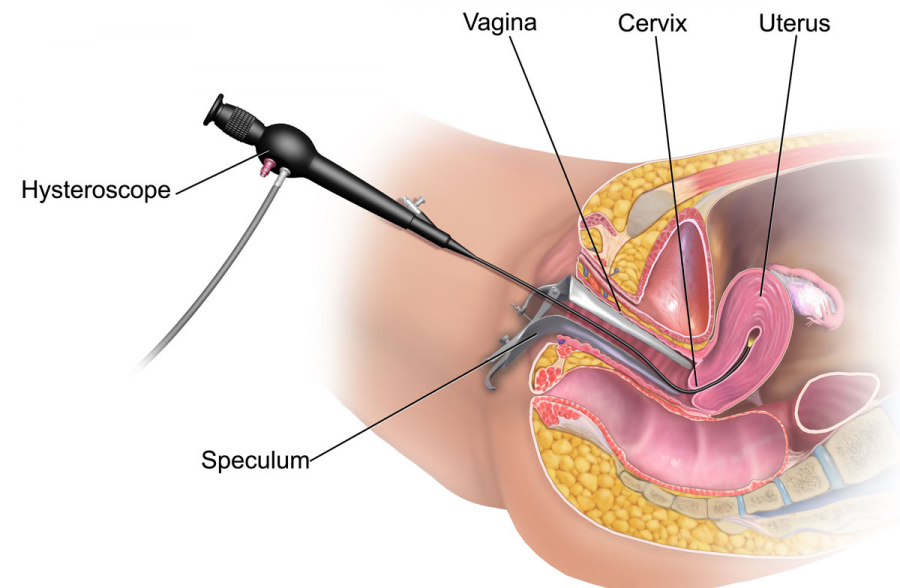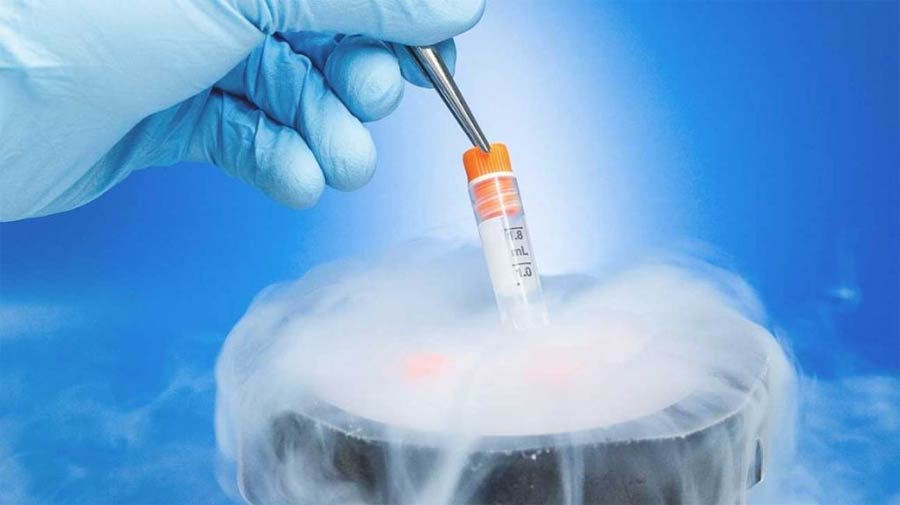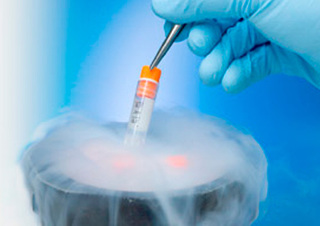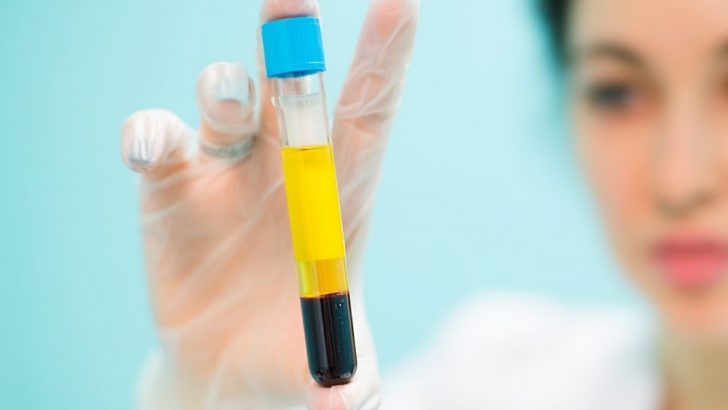After the cervix is widened under sedation anesthesia, the uterus is filled with fluid and a thin telescope-like optical device is entered into the uterus and advanced inside the uterus. With hysteroscopy, the image of the inner layer of the uterus is transmitted to the screen. In this way, the uterine cavity is observed. Hysteroscopy can be used for diagnostic as well as therapeutic purposes.
What is diagnostic hysteroscopy? In diagnostic hysteroscopy, the cervix is first widened to the width that the hysteroscope can pass through. Then, the hysteroscope connected to the light source is advanced into the intrauterine cavity through the cervical canal, and the inside is cleaned and the uterine cavity is examined.
With diagnostic hysteroscopy, submucous fibroids, intrauterine injuries, adhesions, polyps, septum, etc., congenital uterine anomalies can be diagnosed. It plays a very important role in infertility research, recurrent pregnancy loss and abnormal uterine bleeding. It is also possible to take a biopsy to diagnose the uterine wall with a hysteroscopy.
What is operative hysteroscopy? It is possible to intervene in intrauterine adhesions, fibroids and abnormal structures, polyps with hysteroscopy. Treatment can also be applied by switching to operative hysteroscopy when diagnostic hysteroscopy is performed. The difference from diagnostic hysteroscopy is that scissors, biopsy, forceps, cautery or holding instruments are sent inside with the hysteroscope. Thanks to these instruments, it is possible to treat the inside of the cavity at the same time by removing the pathologies. In intrauterine adhesions, spirals can also be used to prevent re-adhesion. A doctor’s examination is important.
When is hysteroscopy done? Hysteroscopy is a one-day procedure and a half-day hospitalization is sufficient. It is generally recommended to be done at the end of menstruation. In this way, the inside of the uterus can be seen more clearly. The possibility of harming a possible pregnancy is also eliminated.
What are the advantages? Since it is a day procedure, it does not require a hospital. After the procedure, the patient can return to his normal life after resting for 1-2 hours. Since possible problems in the intrauterine cavity can be observed directly, its diagnostic power is higher than other methods. Seeing always increases the advantages. It can also provide effective treatment in cases such as endometrial polyp and submucous myoma.
After hysteroscopy; Bleeding with slight discharge after the procedure is normal. Mild groin pain is to be expected.
